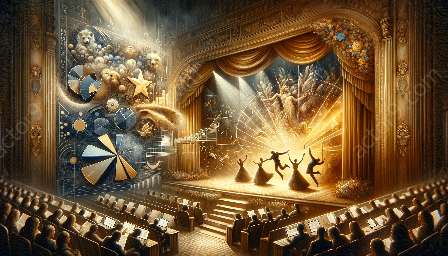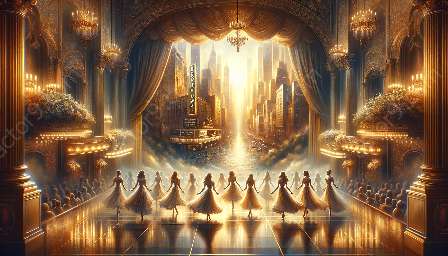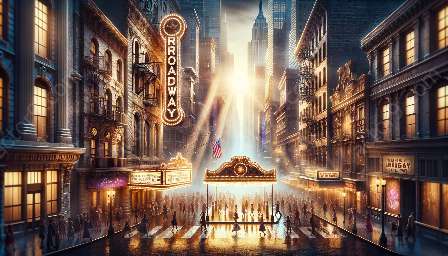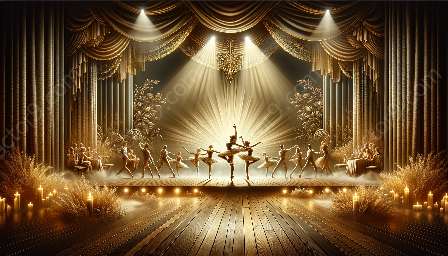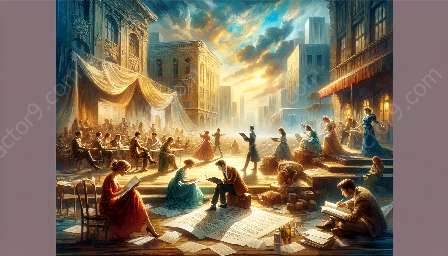In recent years, the role of the ensemble in Broadway performances has undergone significant changes, reflecting the evolving dynamics of theatrical productions. This shift has not only impacted the artistic and storytelling elements but has also influenced the broader landscape of Broadway and musical theater. Understanding the transformation of the ensemble role is crucial for dissecting the current state of Broadway performances and the trends shaping the industry.
The Traditional Ensemble
In traditional Broadway productions, the ensemble served primarily as a cohesive unit, providing background support through choreographed dance routines and harmonious vocal arrangements. Their presence was instrumental in adding depth and spectacle to the overall production, often complementing the lead performers and contributing to the visual and auditory grandeur of the show.
The ensemble also played a pivotal role in creating the ambience and setting scenes, seamlessly transitioning the audience from one act to another while maintaining the energy and rhythm of the performance.
Evolution of the Ensemble Role
Contemporary Broadway performances have seen a dramatic shift in the role and significance of the ensemble. While they continue to excel in the traditional aspects of song and dance, their involvement has expanded to include more nuanced character development and storytelling.
Ensembles are now frequently called upon to portray a diverse range of characters with depth and individuality, contributing to the narrative arc and emotional resonance of the production. This evolution has blurred the lines between ensemble members and featured performers, creating a more dynamic and immersive experience for audiences.
Impact on Broadway and Musical Theater
The changing role of the ensemble has had profound implications for Broadway and musical theater as a whole. It has opened up new opportunities for ensemble members to showcase their versatility and talent, often leading to enhanced career prospects and recognition.
Furthermore, the redefined ensemble role has elevated the overall quality of Broadway performances, fostering a deeper connection between the audience and the characters on stage. By infusing greater depth and authenticity into ensemble performances, contemporary shows have achieved a heightened level of emotional engagement and resonance.
Engaging Audiences and Nurturing Talent
Contemporary Broadway performances have leveraged the evolved ensemble role to engage audiences on a more profound level. By humanizing and individualizing ensemble members, productions have succeeded in captivating audiences through compelling storytelling and multifaceted character portrayals.
Moreover, the reimagined ensemble role has become a nurturing ground for emerging talent, offering aspiring performers the opportunity to showcase their skills and leave a lasting impression on audiences and industry professionals alike. This has contributed to a more diverse and inclusive landscape within Broadway, ensuring the representation of a wide array of talents and backgrounds.
Conclusion
The role of the ensemble in contemporary Broadway performances has undeniably undergone a transformative evolution, reshaping the dynamics of storytelling, character portrayal, and audience engagement. By embracing this change, Broadway and musical theater have embraced a more vibrant and inclusive future, setting the stage for captivating performances that resonate deeply with audiences and push the boundaries of artistic expression.










